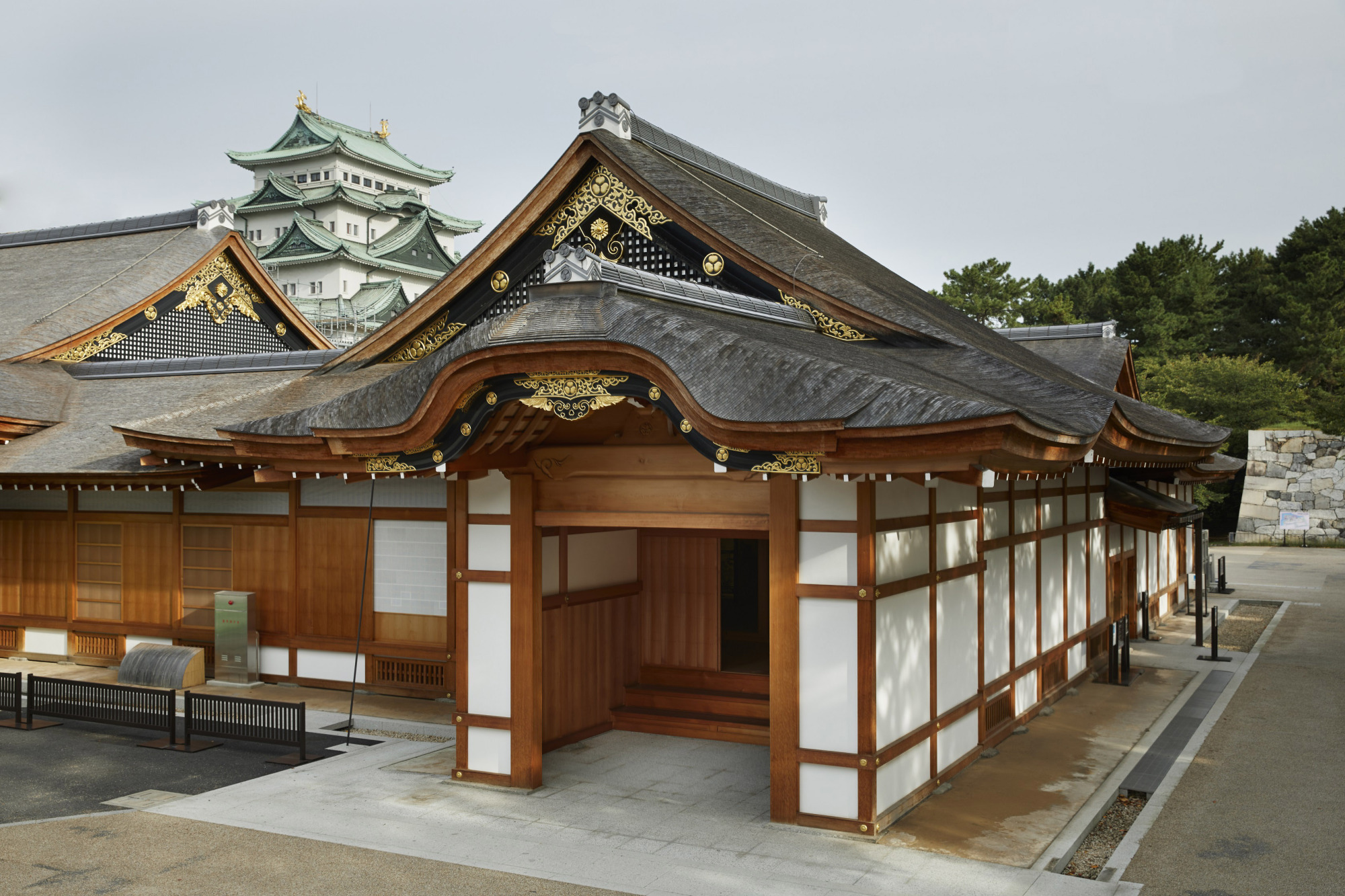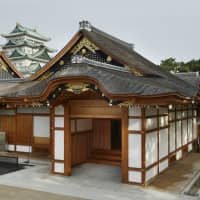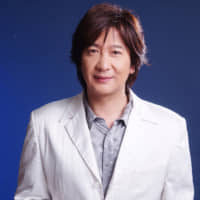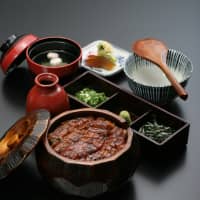Situated between Tokyo and Osaka, Aichi Prefecture has been a bustling hub for traffic and trade throughout Japanese history, and the region is often referred to as "the heart of Japan" because of its rich culture and flourishing industries.
International delegates will meet in the prefectural capital of Nagoya from Nov. 22 to 23 for the Foreign Ministers' Meeting. The birthplace of hybrid vehicles and home to industrial heavyweights such as Toyota Motor Corp., Aichi's vast array of sights and activities should earn it a spot on any traveler's itinerary.
Some of Japan's most prominent samurai leaders hailed from Aichi, and thus, it comes as no surprise that the region boasts a treasure trove of castles and other architectural gems. Aichi's capital features Nagoya Castle, which was built under the watch of Tokugawa Ieyasu, the samurai leader responsible for uniting Japan and ushering in the Edo Period (1603-1868). In addition to the impressive Hommaru Palace, turrets and moats, the castle has a surrounding park that is excellent for viewing cherry blossoms in spring.
A short drive away from Nagoya is one of Japan's oldest surviving castles, Inuyama Castle, which is scenically situated on a small hill overlooking the Kiso River and has a beautifully preserved interior and main keep. Other historical treasures include Jo-an, a 17th-century teahouse encircled by beautiful gardens, and Meiji Mura, an open-air museum featuring stunning architecture from the Meiji Era (1868-1912).
No trip to Nagoya is complete without a taste of its local dishes known as "Nagoya Meshi." The city and the wider neighboring areas have been historically associated with the strong flavor of miso, and Nagoya Meshi is said to have evolved to match this.
Popular fare includes tantalizingly delicious hitsumabushi (grilled eel and rice), miso katsu (a pork cutlet with thick miso sauce) and tebasaki (Nagoya-style chicken wings), among other delicacies such as sweets and lighter food.
Longtime Nagoya resident Zhang Bin from China, who is an erhu (Chinese violin) player, recommends "morning service" served at local cafes. "If you order a coffee, it is usually accompanied by toast and a boiled egg, and so on. This is something that is unique and a good deal," he said.
Meanwhile, those interested in Japanese traditional arts should stop by the majestic Nagoya Noh Theater, where classical Japanese musical dramas are performed. Active since the 14th century and one of the world's oldest regularly performed theater arts, noh plays retell Japanese stories from classical literature through otherworldly music and dance.
Aichi ranks fourth in Japan in terms of population and is one of the country's most prominent industrial centers. Major industries of the prefecture include automobiles, airplanes and robotics, spearheaded by companies such as Toyota and Mitsubishi Aircraft Corp.
In addition to being a hub for cutting-edge research, the city offers many opportunities for visitors to learn about its rich industrial history. At the Toyota Commemorative Museum of Industry and Technology, visitors can learn about Toyota's beginnings as a textile manufacturer and its development into a global industrial titan. With many looms and automobile manufacturing machines on display, including one that dates back to 1890, the museum allows visitors to experience the rapid technological progress that spurred Japan to become one of the world's largest economies.
Aichi Prefecture is also renowned for its culture of craftsmanship, including Noritake Co. — a tableware manufacturer established in Nagoya in 1904 — which is globally known today. At Noritake's museum and craft center, visitors can paint their own chinaware and watch how Noritake makes bone china.
Mechanical puppets known as karakuri ningyō further demonstrate Aichi's craftsmanship. Manipulated using springs and clockwork, the puppets have been made in Aichi for over 300 years. They are a staple of Aichi festivals and are said to have influenced the region's robotics research.
Nagoya's wide range of attractions have long intrigued Zhang and are a major reason behind why he has lived there for such a substantial length of time.
Speaking about his love for Nagoya, Zhang said: "Whether it be sightseeing, culture, the economy or shopping, everything is here. Nagoya is a place where you can interact with many people from different countries and backgrounds. The roads are wide, it's easy to get around, and there's convenient public transportation. I really appreciate the warmth of people here. I have a lot of friends who travel to Nagoya and they all fall in love with this city. I've been here for 27 years and I don't see myself leaving anytime soon."
G20 host cities special
- Timeless hospitality welcomes international guests
- Prime Minister’s message
- Osaka, Osaka Prefecture: A vibrant landscape of cultural dynamism
- Niigata, Niigata Prefecture: Premium produce, delicious dishes
- Fukuoka, Fukuoka Prefecture: Japan’s lively ‘gateway to Asia’
- Tsukuba, Ibaraki Prefecture: Iconic mountain atop scientific attractions
- Karuizawa, Nagano Prefecture: Resort town links East with West
- Matsuyama, Ehime Prefecture: Onsen and castle grounds steeped in history
- Okayama, Okayama Prefecture: Fruit meets fiction in classic tale’s birthplace
- Kutchan, Hokkaido Prefecture: Picturesque nature on and off the slopes






